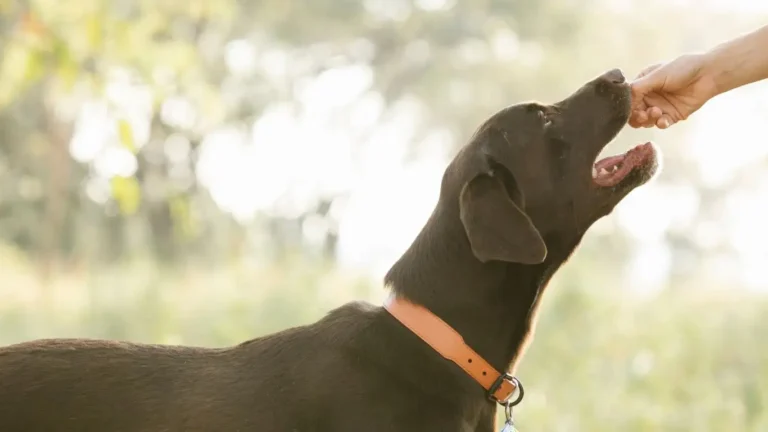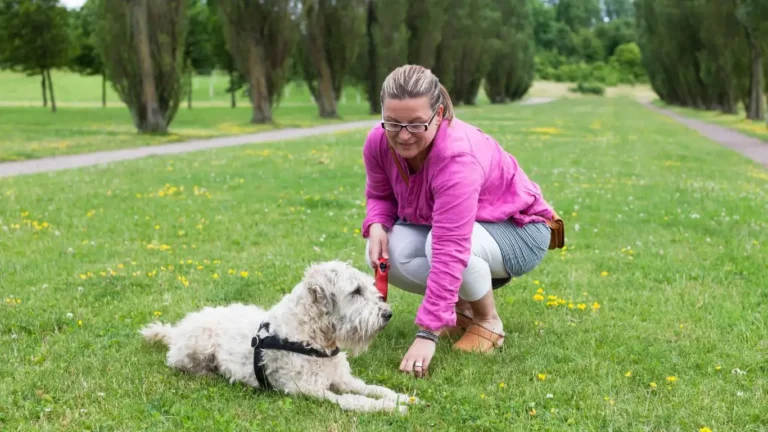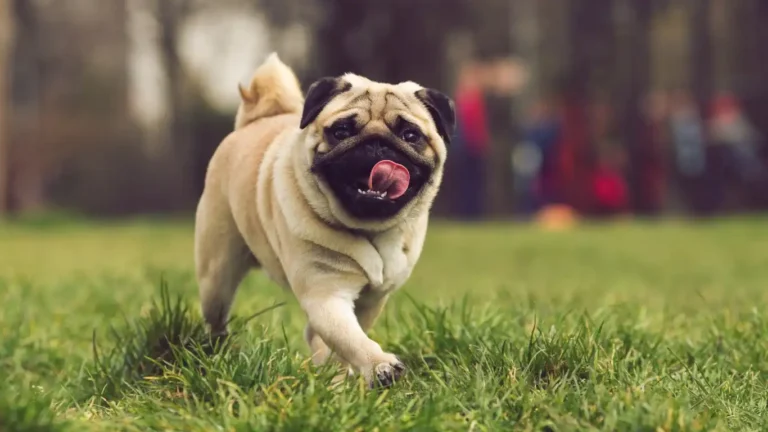Essential Dog Care Tips Every Pet Parent Should Know
Let’s be real — taking care of a dog isn’t just about feeding them twice a day and taking them out to pee. It’s a full-on relationship. As someone who spends my days managing high blood pressure and helping folks take better care of their bodies, I can’t help but notice the overlap when it comes to caring for dogs. Both require consistency, observation, and a whole lot of love. That’s why I wanted to share some of my favorite dog care tips — the kind that go beyond the basics and actually make a difference in your dog’s long-term health and happiness.
Understanding Your Dog’s Unique Needs
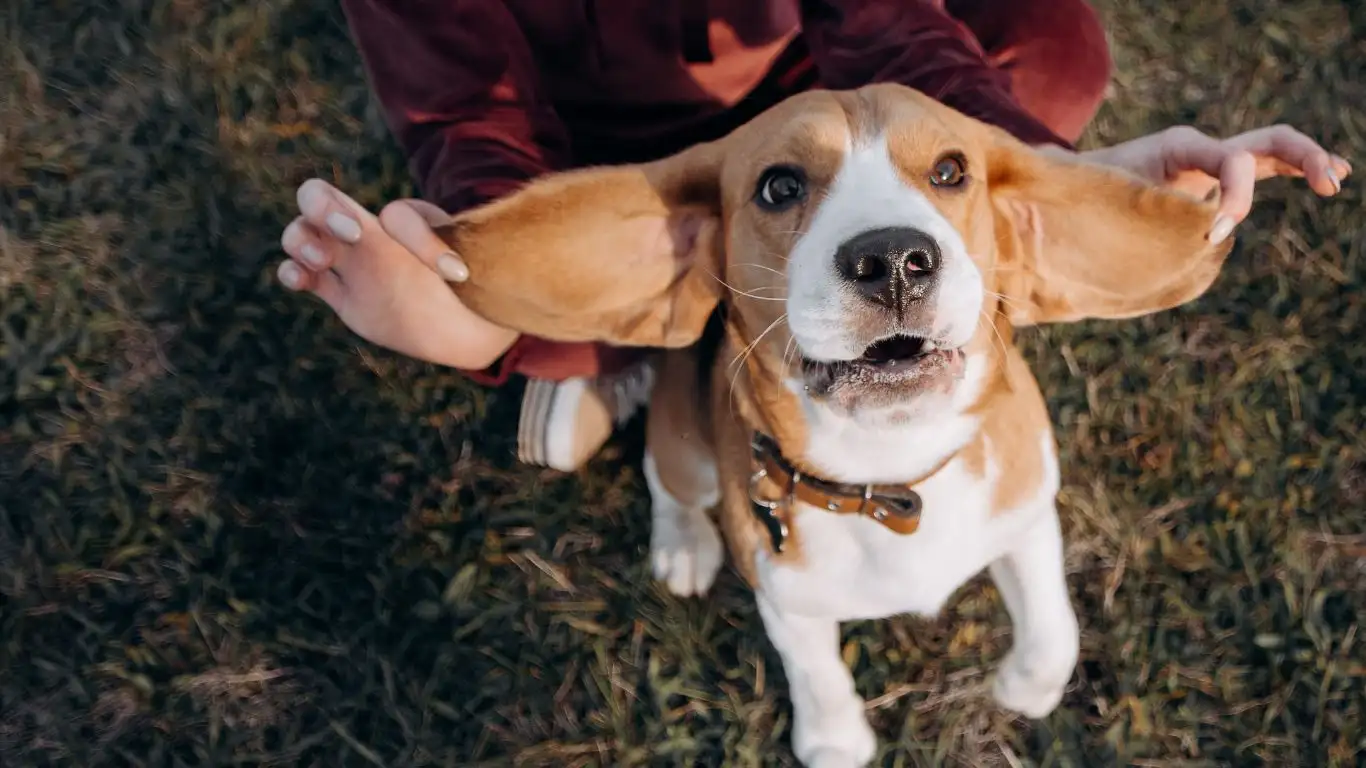
No two dogs are the same — just like no two patients are the same. I say this a lot in my clinic: “Listen to the body,” and with dogs, it’s “Watch the behavior.” Your dog will tell you what they need if you’re paying attention. Whether it’s itching a lot, sleeping more than usual, or suddenly getting picky with food — these are clues. I once had a rescue pup, Bella, who completely shut down during storms. Turned out, she had some serious anxiety triggers tied to loud noises. I had to learn her language, not the other way around.
Physical Needs Vary by Breed and Age
A Chihuahua doesn’t need the same kind of activity as a Border Collie — that’s like comparing someone with low blood pressure to someone on three antihypertensives. Different baselines, different needs. Puppies need a mix of play, socialization, and nap time (lots of nap time). Seniors might need joint supplements and shorter, more frequent walks.
- Small breeds often have higher metabolic rates and may need more frequent meals.
- Large breeds can be prone to joint issues — consider early glucosamine or omega-3 supplements.
- Senior dogs might require special diets to support kidney or heart function.
Nutrition Isn’t One-Size-Fits-All
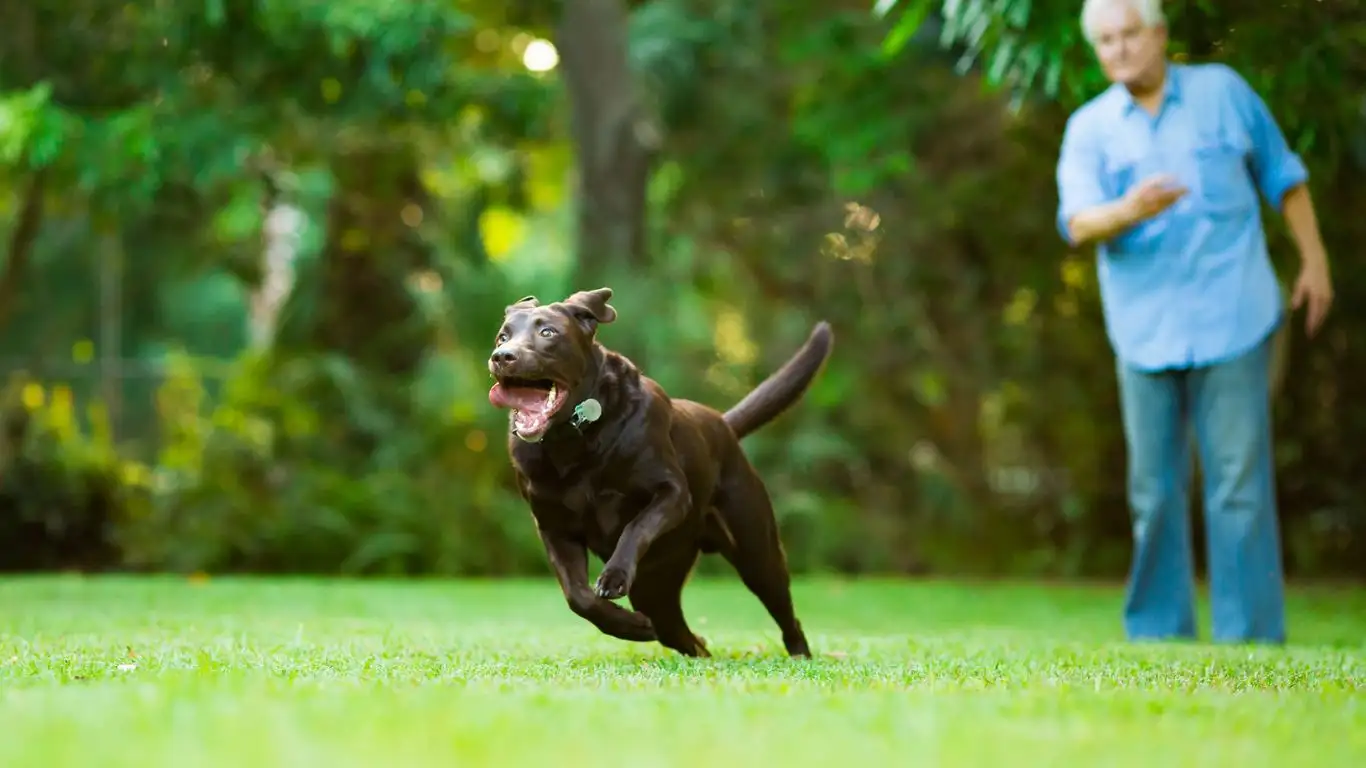
I’ve had patients ask me, “If I eat clean, does that mean my dog should too?” And honestly — kind of, yeah. Your dog’s diet is their foundation. Just like a human patient with high sodium intake can send their BP through the roof, a poor dog diet can snowball into skin issues, lethargy, or even behavioral problems.
Read Labels Like You’re Grocery Shopping for Your Kids
You wouldn’t feed your toddler a diet of nothing but corn syrup and red dye #40, right? Then don’t settle for dog food that starts with “meat by-product.” Look for:
- Named protein source as the first ingredient (chicken, beef, salmon — not “meat meal”).
- No fillers like corn, soy, or wheat when possible — they’re cheap and common allergens.
- Whole foods — sweet potatoes, blueberries, spinach. If it sounds like something you’d eat, you’re on the right track.
For my own dog (a goofy mutt named Scout), we tried four different kibbles before finding one that didn’t make him gassy or itchy. It was a whole journey. But once we nailed it, his coat got shinier, he had more energy, and honestly, his mood improved. Food matters — big time.
Routine Vet Visits: Yes, Even If They “Seem Fine”

I get it — vet bills can feel like a punch in the gut, especially when your dog looks totally healthy. But as a doc, I’ve learned prevention is so much cheaper than treatment. Catching a dental issue before it becomes an abscess? That’s like catching prehypertension before it turns into a stroke. Your vet is your dog’s GP — use them!
What Should Happen at a Yearly Check-Up?
- Full-body exam (checking for lumps, joint mobility, dental health)
- Heartworm test and prevention plan
- Flea/tick check and treatment strategy
- Weight assessment and dietary suggestions
One thing I’ve seen too often? Obese dogs. It’s easy to over-treat with snacks — I’m guilty of it too. But those extra pounds can crush their joints and shorten their lifespan. During Scout’s last check-up, he was 5 pounds over his ideal weight, and our vet gently reminded me that “five pounds on him is like 40 on you.” Ouch. Message received.
Exercise: It’s Not Just Walks — It’s Mental Stimulation Too
We all know dogs need exercise, but there’s a twist — mental stimulation matters just as much. I’ve seen dogs act out not because they’re “bad,” but because they’re bored out of their minds. Imagine sitting in a room all day with no TV, no phone, no conversation. You’d chew the furniture too.
Engaging Activities for Smart, Energetic Dogs
- Interactive toys like KONGs or puzzle feeders
- Basic obedience refreshers — yes, even old dogs love learning
- Doggy playdates (if your pup is social)
- New walking routes to stimulate their senses
On rainy days, I hide Scout’s treats around the house and let him sniff them out — it tires him out faster than a 30-minute walk. Mental fatigue is real!
Grooming Isn’t Just Vanity — It’s Preventive Health
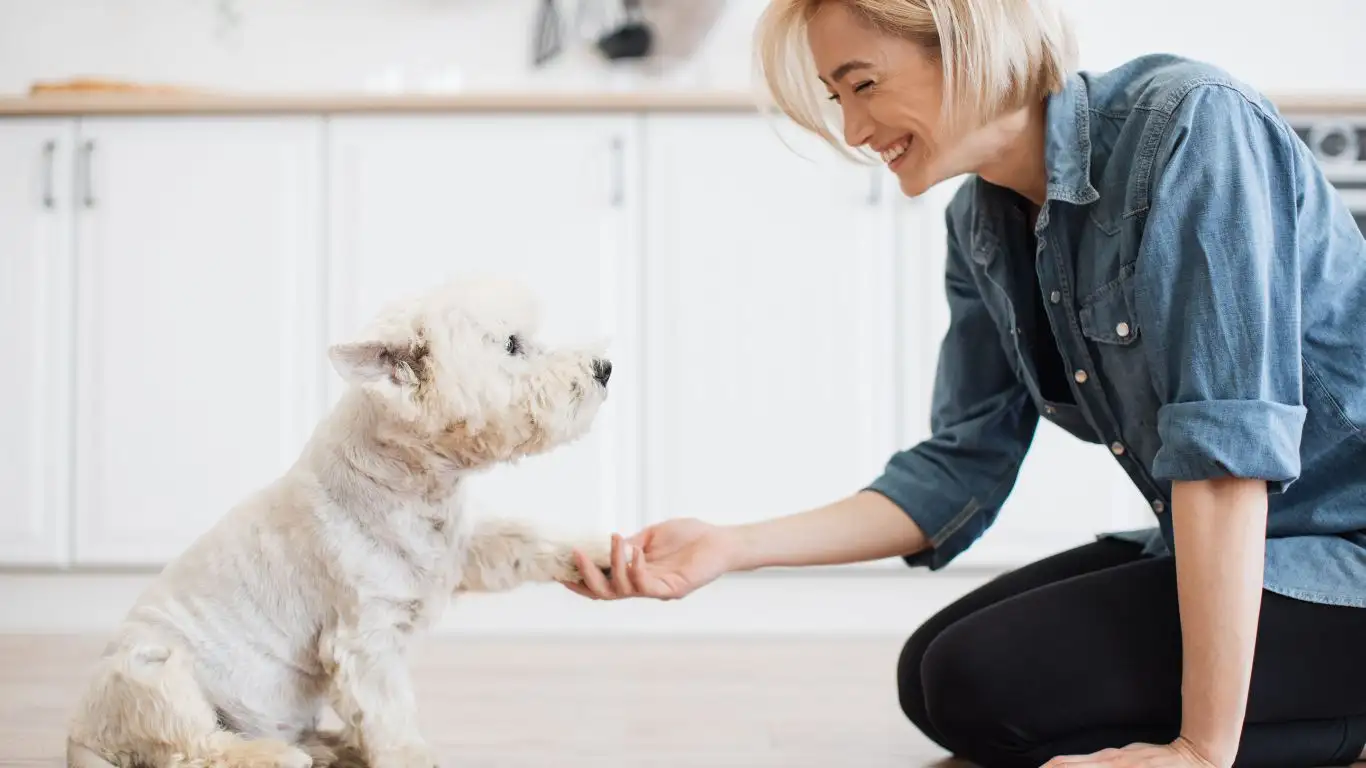
I used to think grooming was just about looking cute. Turns out, it’s more like doing routine lab work — it helps you spot problems early. While brushing Scout last year, I noticed a small lump behind his front leg. Nothing alarming, but it wasn’t there the week before. Long story short? It turned out to be a benign cyst, but we caught it early because I happened to be brushing him while binge-watching Netflix.
Brushes, Baths, and Beyond
Depending on your dog’s breed, coat type, and lifestyle, grooming needs will vary. A long-haired dog will need more regular brushing than a short-haired one. Some pups love mud like it’s a second home, so they’ll need more frequent baths — Scout’s definitely one of those.
- Brush 2–3 times a week for most dogs to reduce shedding and keep coats healthy
- Use dog-specific shampoo — human shampoos can throw off their skin pH
- Check their ears weekly for redness, gunk, or foul odor
- Trim nails every 3–4 weeks (or when you hear that clickety-clack on the floor)
One pro tip I give my patients who also have pets? Pair your dog’s grooming routine with something you already do — like your Sunday evening skincare or weekly laundry day. You’ll both benefit from the rhythm.
Building a Trusting Relationship Through Training
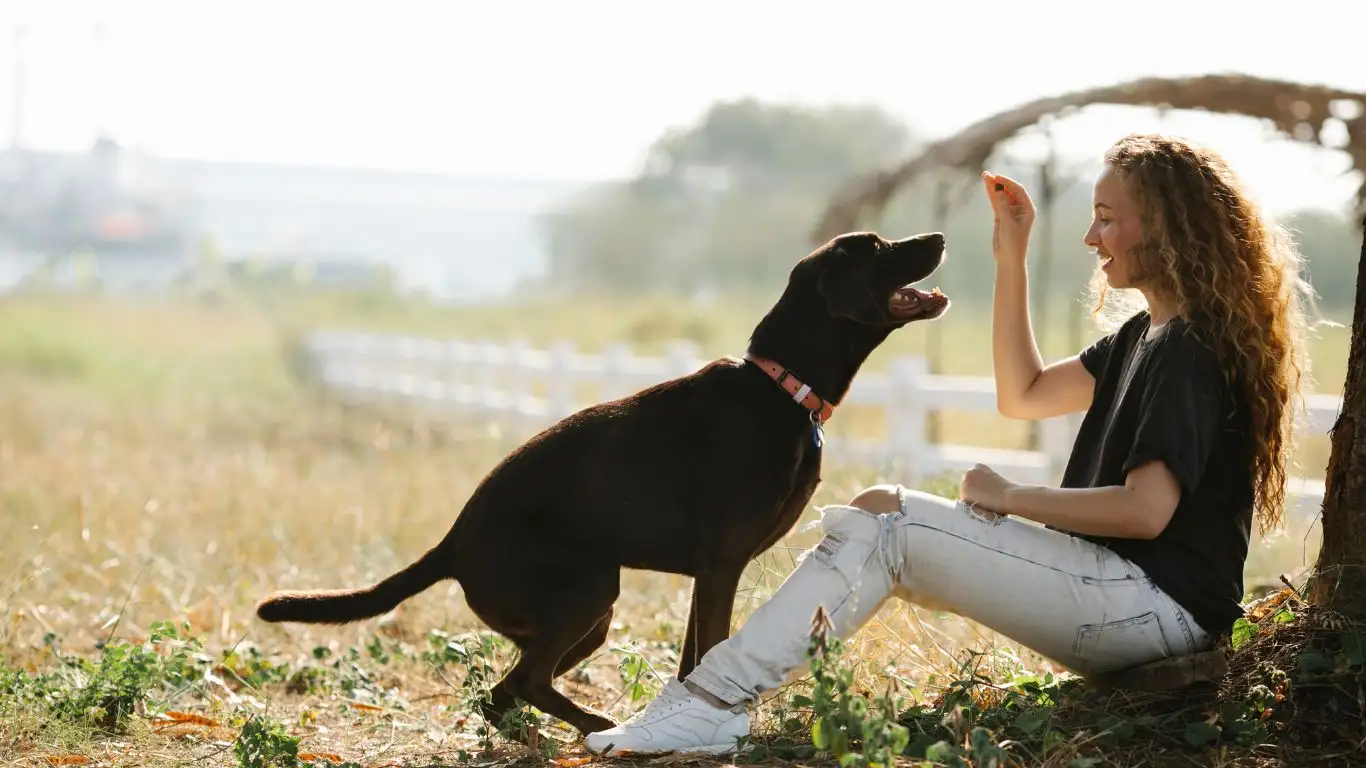
Training isn’t just for obedience competitions or TikTok tricks — it’s how you build trust. Think of it like the doctor-patient relationship. When there’s communication and understanding, everything runs smoother. Same with dogs. A trained dog isn’t just “well-behaved” — they’re confident, calmer, and know what to expect from you.
Positive Reinforcement Wins Every Time
Shouting doesn’t teach; rewarding behavior does. I learned that the hard way when Scout ate half a rotisserie chicken off the counter. I yelled. He sulked. Nothing changed — until I started reinforcing what I *wanted* him to do instead. Now, if food hits the floor, he looks at me first before diving in. Small win, big progress.
- Use treats and praise to reward calm, desirable behavior
- Be consistent — dogs thrive on routine and clarity
- Keep sessions short and fun — aim for 5–10 minutes at a time
- Practice recall, sit, down, and “leave it” as your core commands
Just like with patients learning new habits, training a dog requires repetition and patience. The results don’t show overnight — but when they do, it’s magic.
Socialization: Not Just for Puppies

If I had a dollar for every time someone told me, “My dog doesn’t like other dogs,” I could fund Scout’s treat addiction for the next year. Here’s the thing — many of these dogs were never properly socialized, and just like humans who grow up isolated, they can struggle in unfamiliar social settings. Socialization isn’t just about being “friendly” — it’s about reducing fear, building confidence, and preventing reactive behavior.
How to Introduce Socialization Safely
Even older dogs can learn to be more social with slow, controlled exposure. I had to work on this with Scout after we adopted him. He barked at everything: dogs, bikes, leaves. With time, and a pocket full of turkey bits, we reintroduced him to the world.
- Start in low-stress environments — empty parks or quiet neighborhoods
- Use distance — let them observe without forcing interaction
- Reward calmness — treats, praise, or favorite toys
- Avoid off-leash introductions until they’ve built up confidence
Sometimes, it helps to work with a trainer who understands behavior patterns and can guide you through tricky scenarios. Don’t be afraid to ask for help — we all need a little coaching now and then.
Recognizing Signs of Stress or Illness
One thing I always teach my patients (and pet parents alike): silence isn’t always golden. Dogs don’t whine about discomfort the way we do. They’re often stoic until things get pretty bad. As someone who’s seen too many humans ignore warning signs until they land in the ER, I can’t stress enough how important it is to recognize when something’s off.
Red Flags You Shouldn’t Ignore
- Sudden changes in appetite or water intake
- Limping, stiffness, or reluctance to move
- Excessive licking of a specific area
- Unusual lethargy or hiding behavior
- Unexplained aggression or reactivity
When Scout stopped jumping on the couch (his favorite nap spot), I knew something was up. Turned out he had a mild muscle strain. Caught it early, got him on some rest and anti-inflammatories, and he was back to couch-potato status within a week. Point is — if your gut says something’s off, trust it.
Consistency and Care Over Perfection
Let me say this: you don’t have to be a “perfect” dog parent. You just have to be present, consistent, and willing to learn. There are still days when I get it wrong — when I skip a walk, forget a brushing, or give in to those puppy eyes and toss him an extra treat. And that’s okay. What matters most is that your dog knows they’re safe, loved, and part of your pack.
So whether you’re a first-time dog owner or have a few furry companions already, remember — small, intentional steps every day build up to big results. And honestly? That’s true whether you’re managing high blood pressure in humans or helping your dog live their best life.
Nutrition: Your Dog’s Daily Dose of Health
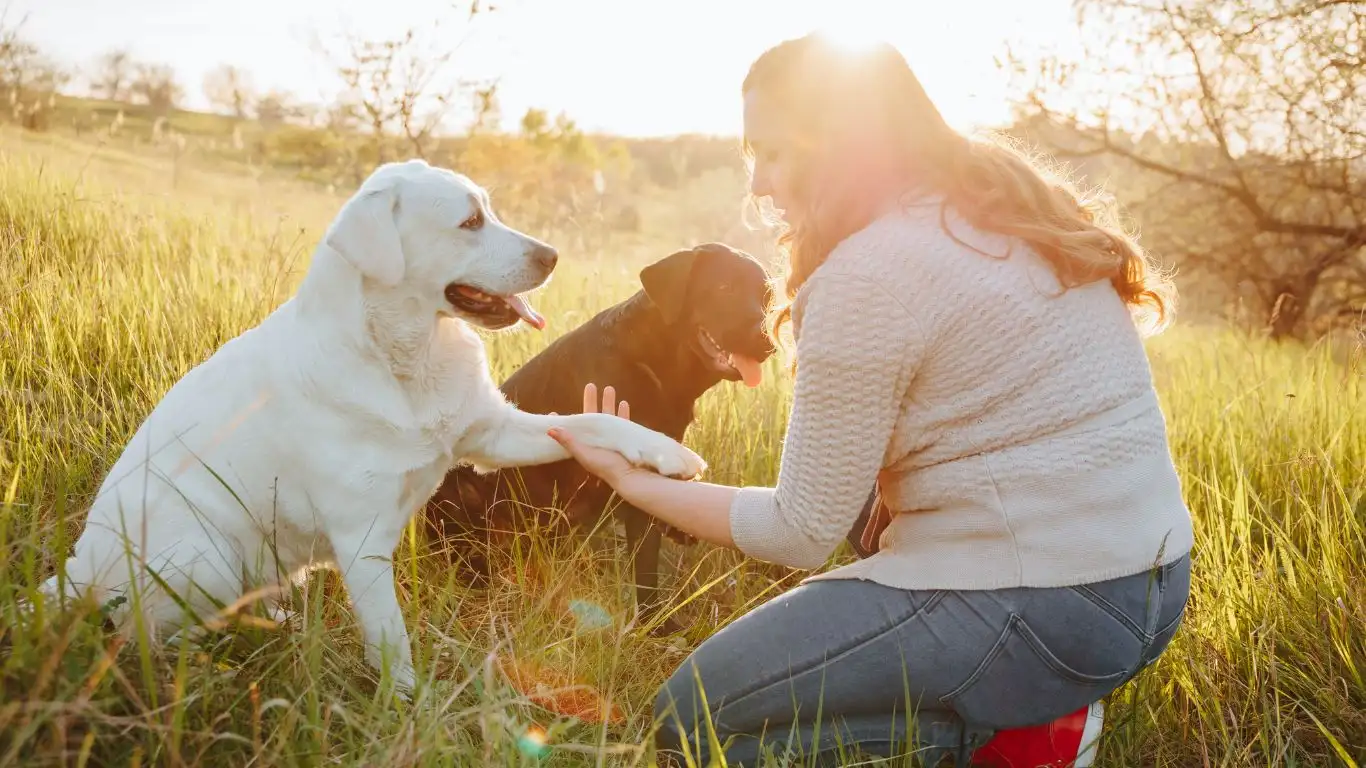
One thing I always say — whether to my human patients or my fellow dog parents — you can’t out-exercise a poor diet. What you feed your dog matters just as much as what you put in your own body. When Scout came to us, he was eating cheap kibble full of fillers. His coat was dull, his energy was meh, and his digestion? Let’s just say we were going through a *lot* of carpet cleaner.
After switching him to a higher-quality diet and slowly introducing fresh ingredients (like cooked sweet potato, plain pumpkin, and lean proteins), the changes were noticeable — shinier coat, better energy, and far fewer “surprises” on the rug. And trust me, as someone who’s obsessed with gut health in humans, it’s wild how similar some principles are.
Dog Nutrition Basics You Shouldn’t Skip
- Choose a food appropriate for your dog’s age and size — puppies, adults, and seniors all have different nutritional needs
- Look for real meat as the first ingredient, not meat meal or by-products
- Avoid artificial colors and preservatives
- Rotate proteins if your dog tolerates it — helps avoid allergies and boredom
And if you’re ever unsure, check reliable sources like PetMD or AKC. Or better yet, chat with your vet or a pet nutritionist who understands your dog’s unique needs.
Exercise: It’s Not Just Walks Around the Block
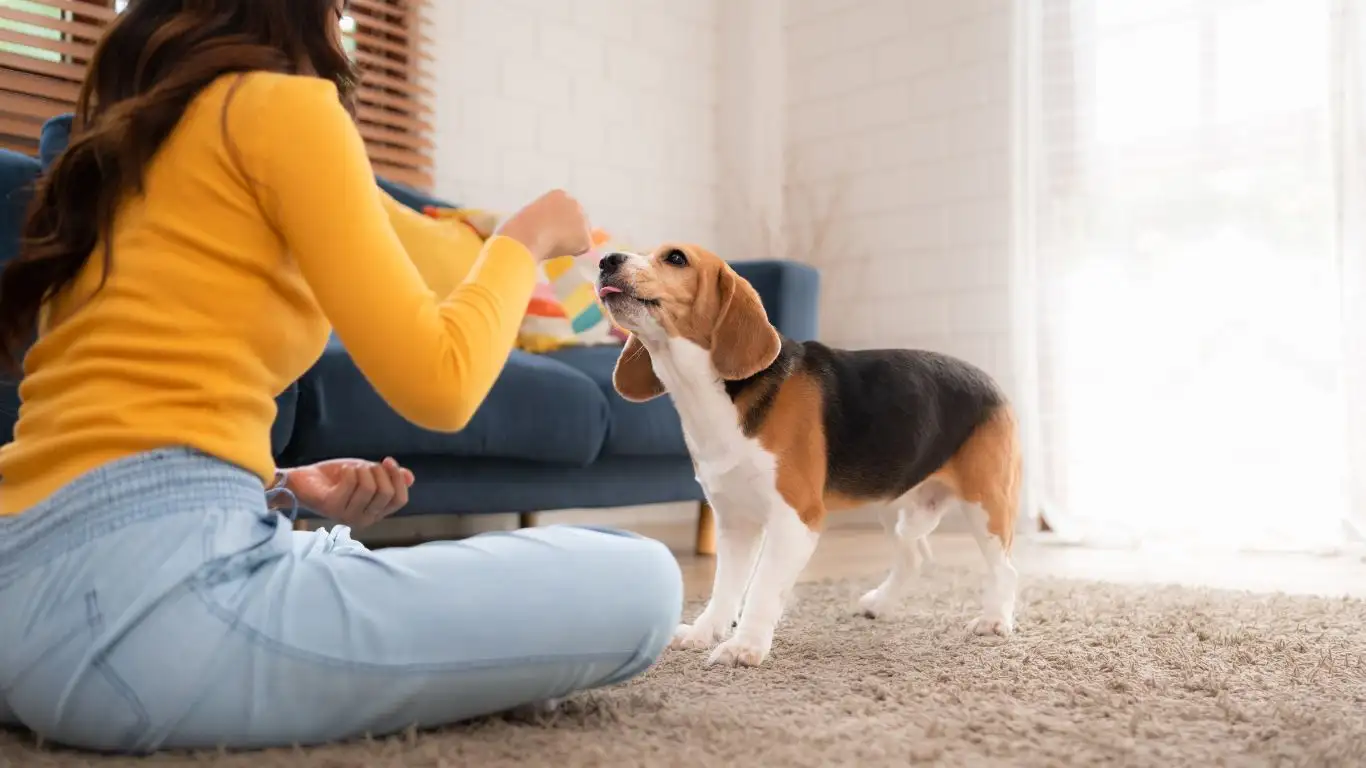
So many of my patients tell me, “Oh, I walk my dog every day,” and I love that — truly. But let’s be real: some dogs need more than a 10-minute shuffle around the block. Scout’s one of those high-energy breeds (mixed with who-knows-what), and if he doesn’t get his zoomies out, it shows. Destruction, barking, pacing — the whole chaos package.
Daily walks are great, but mental stimulation and variety are just as crucial. Think of it like cardio vs brain games — both matter for long-term health and behavior.
Ideas to Mix Up Your Dog’s Exercise Routine
- Try scent games or hide-and-seek with treats indoors
- Use puzzle feeders instead of a bowl for meals
- Incorporate short training drills during your walks
- Explore new trails or parks — the novelty keeps things fresh
- Schedule short, off-leash playdates if your dog is social
When Scout’s had a good physical and mental workout, he sleeps like a log. And honestly, so do I.
Making the Vet a Positive Experience
As a doctor, I totally get it — not everyone loves coming in for checkups. Dogs feel the same. But those vet visits? They’re crucial for keeping your pup in top shape. Preventive care catches things early, keeps vaccines up to date, and gives you a baseline for your dog’s health metrics.
I always recommend scheduling annual exams, even if your dog seems totally fine. It’s the same advice I give my 40-something human patients who say, “But I feel great!” You want to catch subtle issues before they become big problems.
How to Make Vet Visits Less Stressful
- Do mock visits at home — touch their paws, ears, and teeth gently
- Bring their favorite treats or toy to create positive associations
- Ask your vet about fear-free or low-stress handling techniques
- Stay calm yourself — dogs pick up on your vibe big time
And remember — your vet is your ally. Bring your questions, share your concerns. I love when patients advocate for their health, and I’m sure most vets feel the same about your pup.
Routine and Love: The Secret Sauce of Dog Care
If there’s one thing I’ve learned from both my medical background and my life with Scout, it’s this: consistency builds trust. Dogs love knowing what to expect. Whether it’s morning potty walks, bedtime snuggles, or the ritual of dinner followed by a game of fetch — that routine anchors them emotionally and physically.
But routine alone isn’t enough. Dogs need love, patience, and presence. You don’t have to be perfect. You just have to show up, every day, with the intention to care. Whether that means picking up poop in the rain, waking up early for a vet visit, or skipping that second glass of wine so you can handle the late-night zoomies — it’s all part of the ride.
Final Thoughts
Caring for a dog isn’t always easy — but man, is it worth it. The tail wags, the goofy moments, the way they curl up next to you like you’re their whole world? That connection is everything. Just like in medicine, the best outcomes come when you combine knowledge, compassion, and consistency. And whether you’re navigating health concerns, behavior hiccups, or just trying to give your dog their best life — you’re already doing something right by being here and learning.
For more reliable information on pet health and wellness, you can check out resources like AKC, PetMD, or if you’re curious about how pet care intersects with human health, I’d recommend exploring articles from NIH and Health.
Disclaimer
This content is for informational purposes only and should not replace professional veterinary advice. Always consult your veterinarian before making changes to your dog’s diet, exercise, or medical routine.

